Louise Henderson - Addington Workshops
Louise Henderson - Addington Workshops
Addington Workshops Band was founded in 1883 and was funded by a staff levy. Although the workshops have long gone, the band lives on as Addington Brass.
This recording of the Addington Workshops Brass Band playing The Invercargill March by Alex Lithgow was kindly supplied by the Hocken Collections - Uare Taoka o Hākena.
Source:
Marching Along. The Addington Workshops Band.
Hocken Sound Recordings S15-678
Related reading: Above Ground, In Modern Times
Collection
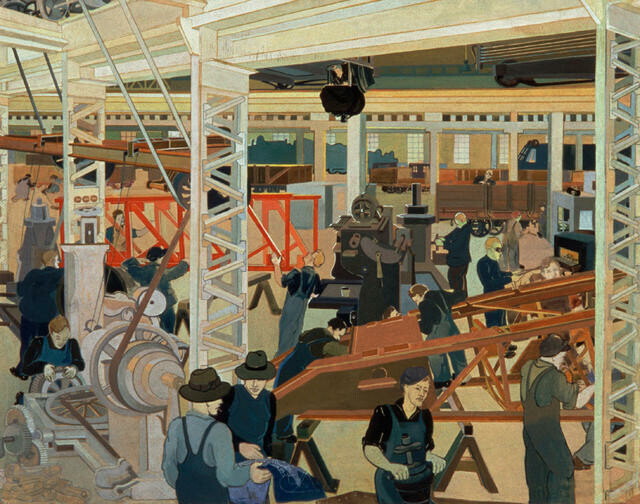
Louise Henderson Addington Workshops
Louise Henderson was a Paris-born interior and embroidery designer who moved to Ōtautahi Christchurch in 1925. In her earliest paintings, from 1933 on, she was regularly drawn to urban and industrial subject matter such as city streets, brickworks and rock quarries. She became a key figure in local art circles, including as part of The Group, and influential in the development of a Canterbury landscape painting style. The Addington Railway Workshops opened in Christchurch in 1879 and closed in 1990, at its height employing over a thousand people. In its depiction of workers assembling locally produced locomotives, Henderson’s fascinating composition reflects something of her left-leaning political interests through the 1930s and 1940s.
(From Here on the Ground, 18 May – 17 November 2024)
Notes
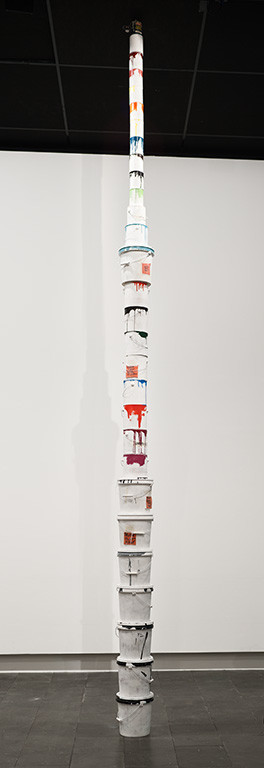
Yertle the Turtle by Glen Hayward
This article first appeared in The Press as 'An Ode to Yertle the Turtle' on 13 May 2015.
Notes

Tracking Louise Henderson
I recently wrote about Louise Henderson's painting Addington Workshops (1930) for the Press, and wanted to locate the place in which she stood to make the sketch for the work. It's a complex image and I wanted to understand more about its internal space as well as its history, but the workshops were demolished twenty years ago.
Notes

Louise Henderson, Addington Workshops
For many years, the piercing whistle of the railway workshops off Blenheim Road was Addington's alarm clock.
Notes
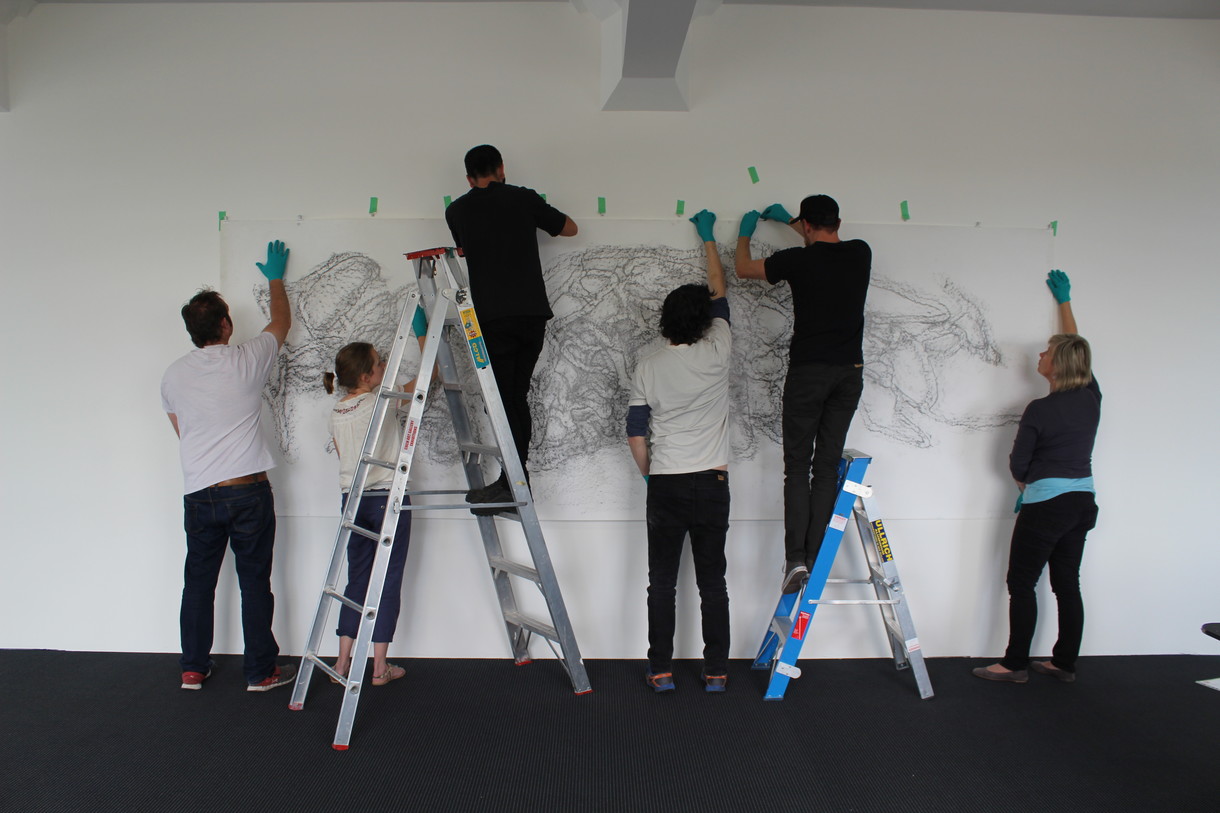
New exhibition: Shifting Lines
Here's a little from behind the scenes. Shifting Lines opens tomorrow, 9 November, and runs until 19 January 2014. It's a show about drawing as an idea, which is permitted here to take very different forms. It includes work by six artists – Andrew Beck, Peter Trevelyan, Katie Thomas, Pip Culbert, Gabriella Mangano and Silvana Mangano – all of whom use line to investigate space and structure in unexpected ways.
Notes
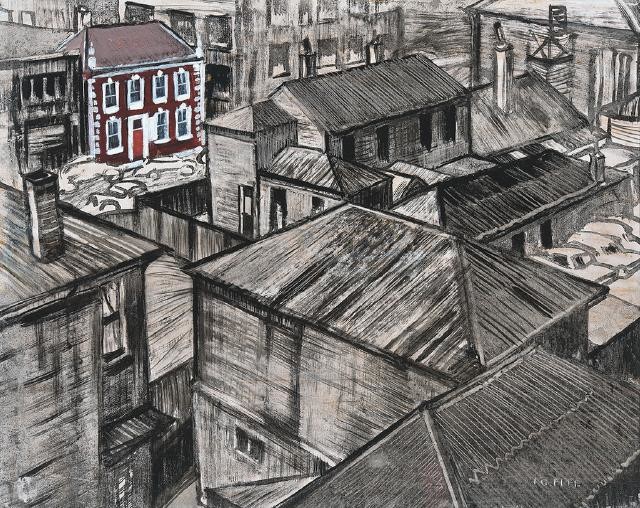
Rooftops, backyards, urban scapes
As a supplement to the article in today's Press GO section, highlighting the recent purchase of Ivy Fife's Untitled (Towards Worcester Street from St. Elmo Courts), here's a modest selection of paintings of rooftops, backyards and urban scapes from the collection...
Notes
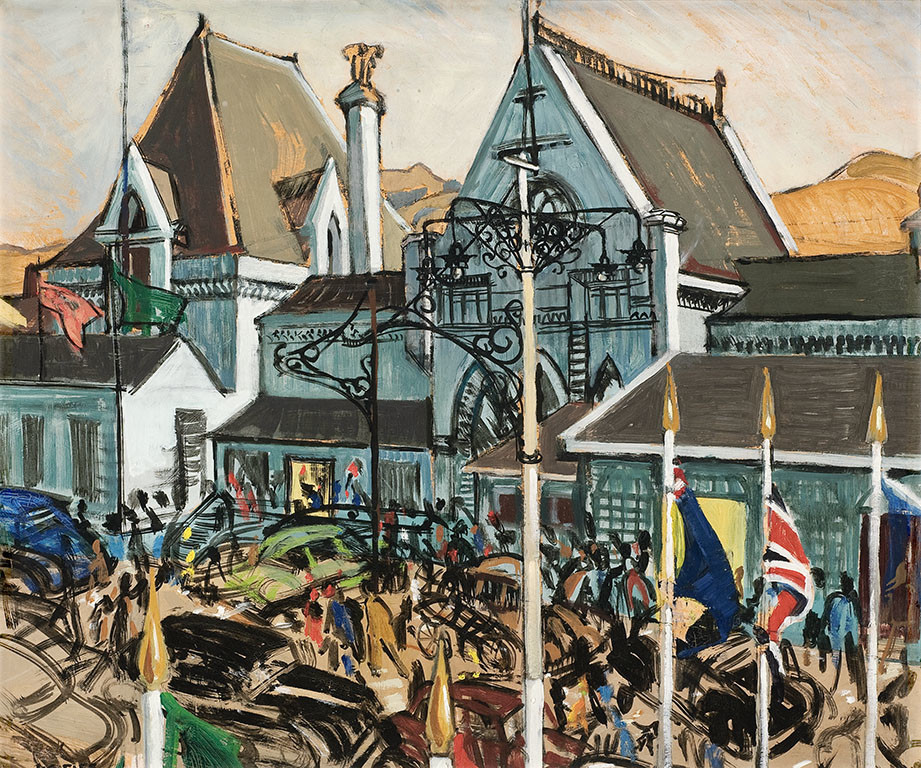
The Queen's visit by Ivy Fife
This article first appeared as 'Hello and goodbye' in The Press on 5 October 2012.
Notes
L’Art Décoratif Théâtral Moderne
A new exhibition of stage and costume designs by Russian avant-garde artists Natal'ya Goncharova and Mikhail Larionov opens this month.
Notes
Factory at Widnes by L.S. Lowry
This article first appeared in The Press on 13 October 2004
Laurence Stephen Lowry painted Factory at Widnes in 1956, at which time he was Britain's most famous living painter. Lowry's fame increased in that year as he became the subject of a BBC television documentary, though his work had already been popular in British homes and schools as reproductions since the end of the war. If appreciation for his individualistic painting style was widespread, there was also fascination with L.S. Lowry the artist, who had projected in the press the image of a lonely recluse.
Commentary
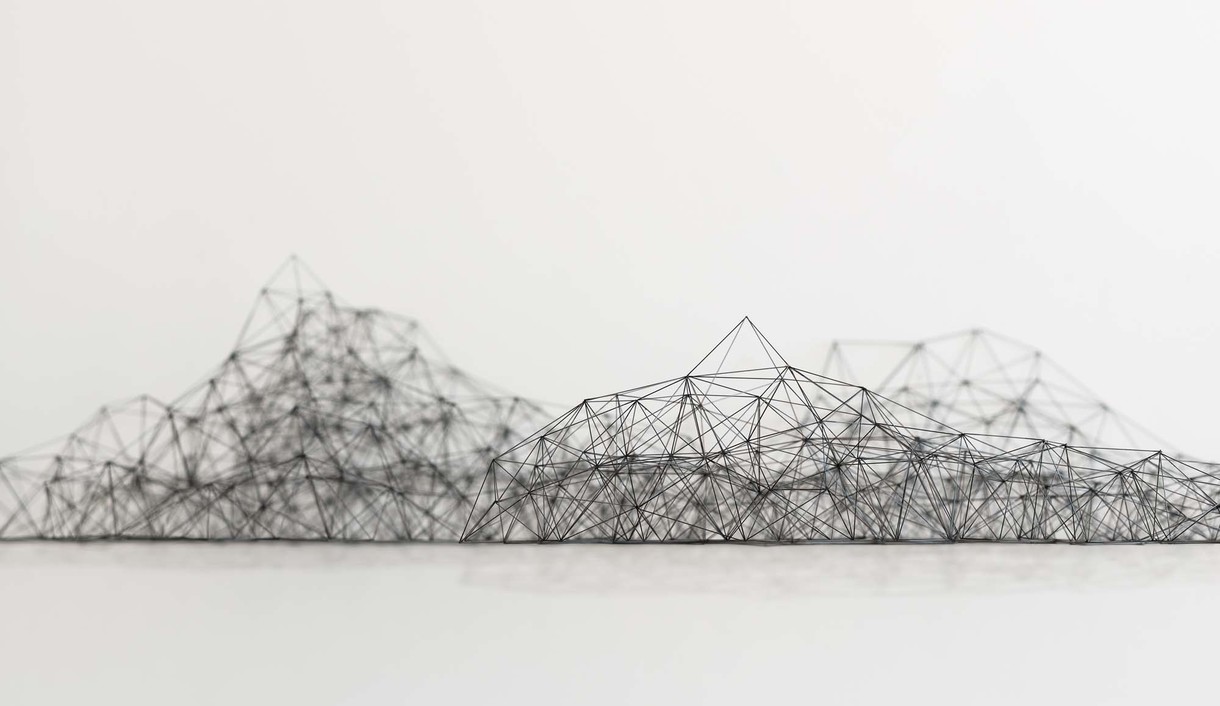
Above Ground
I go into the Gallery. Haven’t been there in a while. Building closed. It was open to begin with. Civil Defence HQ in the weeks following the shock that laid the city low and who knew glass could be so strong, so resilient? Then the Gallery closed. It was cordoned off, behind wire netting. Something was going on in there. Someone said something had cracked in the basement. Someone said they needed to insert a layer of bouncy forgiving rubber beneath glass and concrete, ready for any future slapdown.
Commentary
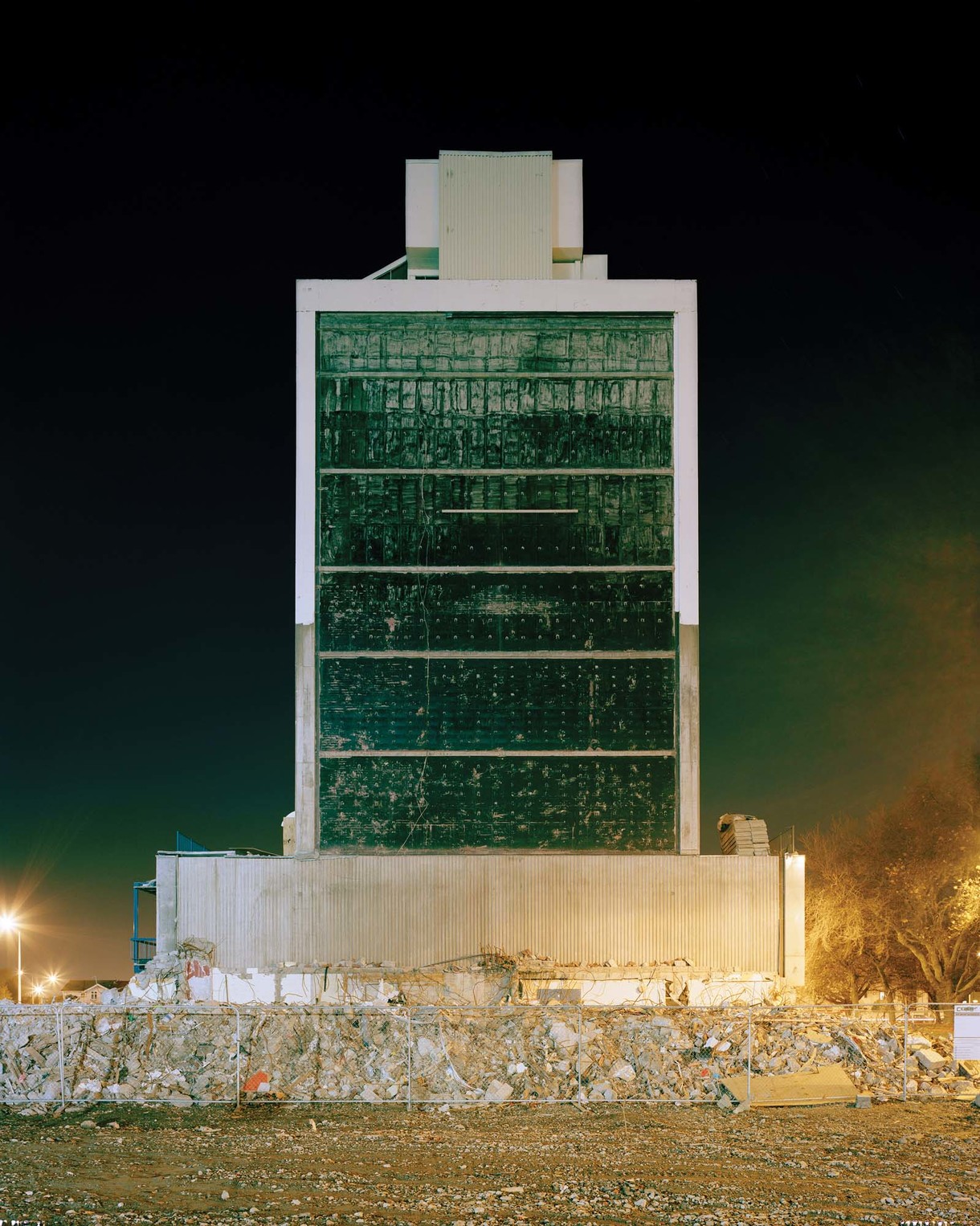
City of Shadows and Stories
If cities are the ground into which we plant stories, the soil of Ōtautahi – later Christchurch – is undergoing a protracted tilling season. Five years is a long unsettlement in human terms; on a geological (or indeed narratological) scale, time moves more gradually. Christchurch exists today as a rich aggregation of narratives, propping up physical edifices of crumbling stone and cardboard.